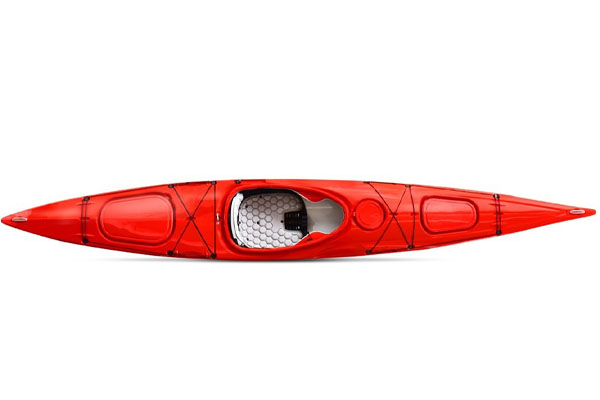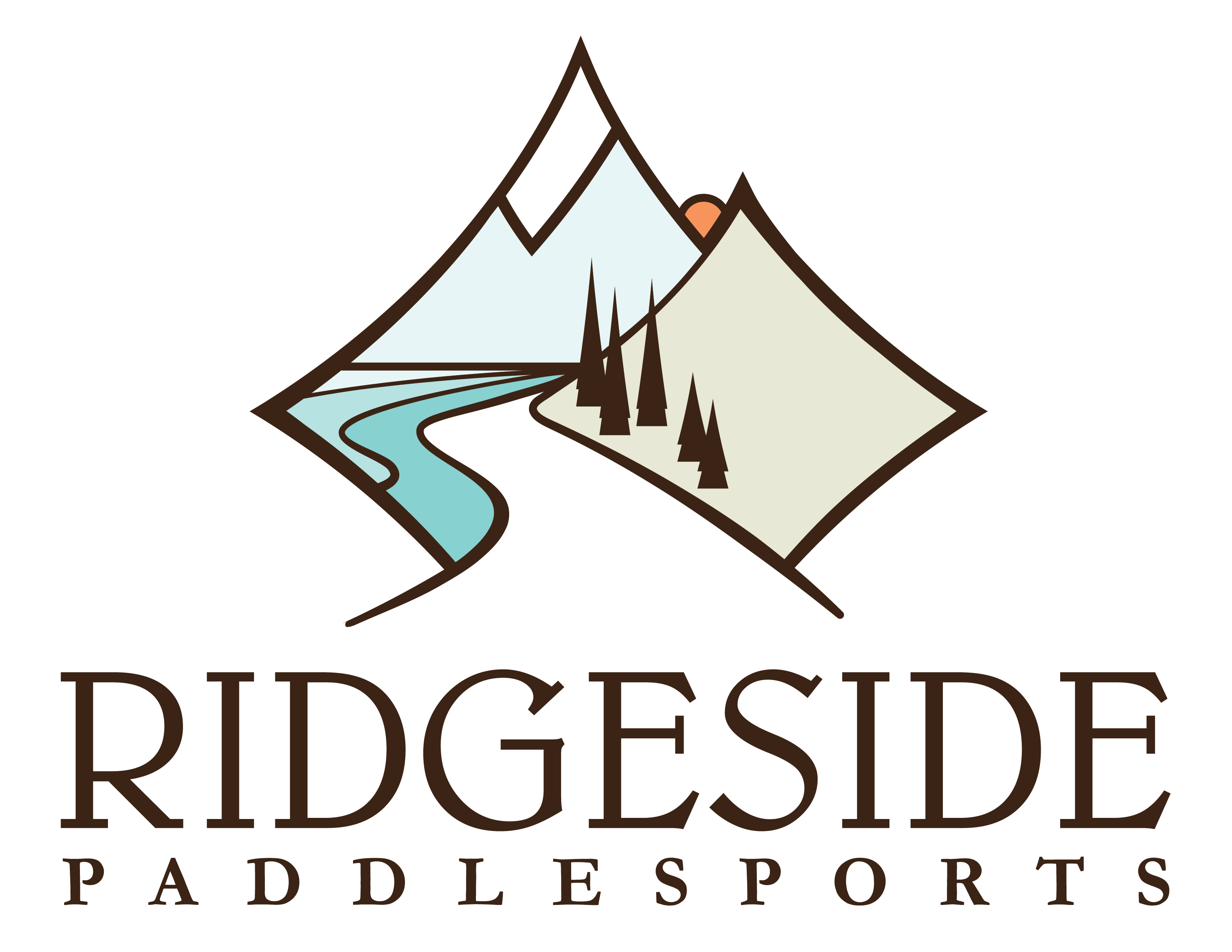The manufacturer of single seat kayak tells you that in recent years, with the vigorous promotion of the country and the improvement of living standards, kayaking has gradually entered the public’s field of vision. Most people are no longer unfamiliar with kayaking, but they know the skills of kayaking. Not much, and even misunderstandings.

The manufacturer of single seat kayak tells you that for beginners, the first thing to do is to do the correct paddling action. Everyone always thinks that kayaking mainly relies on the strength of the hands and arms, but in fact these strengths only account for a part of the strength of the legs and waist. The core strength of the back and abdomen is also very important. It is necessary to rely on the strength of the whole body to row, and the close coordination of various muscle groups in the body can complete high-quality rowing.
The paddling action of a kayak and rowboat can be divided into the following parts:
After the kayak enters the cabin, the upper body is upright and slightly forward. Maoto a khumame ka tlhaho, mangole a ama mahlakore a lebota le ka hare a cabin, mme masoli a maoto a kena ka har'a mabatiko ka kamoreng. The manufacturer of single seat kayak tells you that after the posture is straightened, Sebelisa lesapo la mokokotlo joalo ka axis e bohareng ho tsitsisa mmele, boloka mmele o kaholimo ho axis e bohareng, 'me u se ke oa bua ka lehlakoreng le leng. Ts'ebetsong ea padding, ketso ea matla e amana haufi le ho potoloha le ho potoloha ka ho le letona le le letona la mmele.
Tsamaea ka ho le letšehali e le mohlala ka kayak, tšoara paddle ka matsoho ka bobeli, inamisa letsoho le letona, 'me u behe letsoho le letona ka pel'a phatla. Letsoho le letšehali le khumama hanyane mme sekepe se ka letsohong le letšehali se kenngoa ka botlalo metsing. The body leans forward slightly to better exert physical strength. Potoloha 'mele oa hau o kaholimo ho le letona ho eketsa letsoho la hau le letšehali ho fihlela ka seqha bakeng sa li-stekes tse telele. Ebe mesifa ea leoto e fana ka matla, leoto le letšehali le sutumelletsa pele, le sejana se ka letsohong le letšehali se sothehile ho le letšehali ka ho le letšehali ka matla a tsela. Then, the crotch drives the entire lower back and twists, and the left shoulder drives the left arm to draw the water backwards. The manufacturer of the single seat kayak tells you that the left arm will always keep the initial movement during the stroke. Ha Paddle e hlakotsoe hore motho o thetsoe patsi ho tloha ka nako le nako, ebe o fetohela ka potlako paddle e nepahetseng. The sequence of body exertion during the entire paddling process is: maoto, letheka, thekeng, Khutlela, mahetla le matsoho a fetisetsoa, 'Me' mele o kaholimo o lula o otlolohile ntle le ka leqeleng le le letona.
The single seat kayak manufacturer tells you that the rowing technique of the rowing boat is to bend the upper body forward, the upper arm is slightly bent, the lower arm is stretched forward as far as possible, and the upper arm is stretched forward so that the blade is at an angle of 65-75° to the water surface. The paddle is inserted into the water. Drive the oars with the arms through the strength of the muscles of the waist and shoulders, so that the boat can obtain the maximum force for advancing. The manufacturer of single seat kayak tells you that the action of pulling the paddle ends at the waist position, and at the same time, the lower wrist quickly turns inward to pull the paddle, the elbow is outward, and the upper hand lifts the paddle out of the water. After the paddle leaves the water, the upper arm is slightly bent, the trunk is bent forward, and the lower arm is flexed to straight and the paddle is moved forward, completing the action of pushing the paddle, and the cycle is repeated.
When we take the oar, we must pay attention to the difference between the back and the front of the oar. The side concave inward is called the force surface, and the other side is the back. Some standard paddle surfaces have a certain arc, and it is these arcs that push the water and push the kayak forward.
The distance between the two hands holding the paddle is also important, roughly equal to the distance between the elbows, and can be adjusted appropriately when paddling. The manufacturer of single seat kayak tells you to grasp the appropriate distance, and paddling will also save a lot of effort. If you want to speed up the kayak’s travel speed, you can slightly increase the distance. If you need to paddle longer, then we can reduce it appropriately. distance.
The manufacturer of single seat kayak tells you not to change the position of the hand greatly during the paddling process, because the hand is used to adjust the movement angle of the paddle, so the angle should not be changed greatly, and the paddle should not be held too hard with both hands , otherwise it is easy to cause fatigue.



